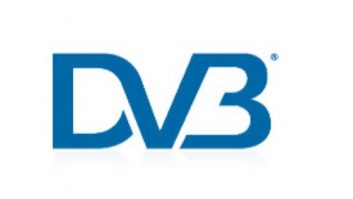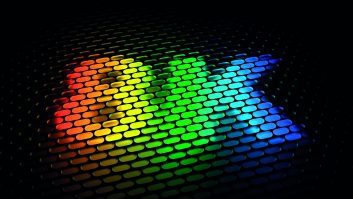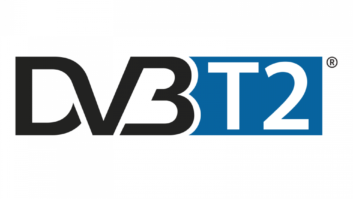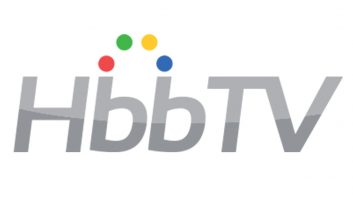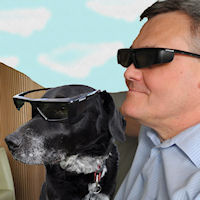
After finalising the first 3DTV broadcasting specification at the beginning of 2011, the DVB Project has turned its attention to whether an ‘improved’ plano-stereoscopic system will be needed in the next five years. David Wood, Chair DVB CM-3DTV, surveys the territory in this report. The DVB project finalised the first 3DTV broadcasting specification at the beginning of 2011. It’s now an ETSI standard – the world’s first 3DTV broadcasting standard. This is a ‘Frame Compatible’ format that can work with existing HDTV set top boxes – though they may need a download upgrade to take advantage of the capability to position sub-titles at different scene depths, to match the positions of different characters in the scene. Some terrestrial broadcasters argued that, if they were to use a ‘Frame Compatible’ system, they needed a way to serve 2D viewers at the same time, without taking up another delivery channel. One way, though not always possible, depending on nationally sold set top boxes, is to use MPEG signalling to instruct the set top box to stretch and display the left image as a 2D image. Another, is to use an interactive application (such as MHEG-5) to pull out, stretch, and display the left image as a 2D image as part of an interactive ‘red button’ service. Each approach has pluses and minuses. Thousands of hours of 3DTV programming have been made; and, across the world, programme makers understand the supreme care that is needed to make 3DTV programmes to minimise eye discomfort. We understand more about what window violations are tolerable, how to handle scene cuts, converged and parallel shooting, and about maximum positive and negative disparities for home size screens. 3DTV production grammar is being tamed. There is always a horizon. For 3DTV, in the longer term, this may be a multiview broadcast system, where autostereoscopic displays provide more than two images. Beyond that it may be an ‘object wave’ system, of which the hologram is a simple form. But these are probably not for the near future – more research and development is needed before we see large screen consumer autostereoscopic displays which are not head-position sensitive. The issue now for DVB is whether an ‘improved’ plano-stereoscopic system will be needed in the next five years. The DVB Project has been discussing this and hopes to reach a conclusion in the autumn of 2011. This would be 3DTV ‘Phase 2’. True, it would need a new set top box (or equivalent), but the pay off would be extra quality or features. One of the open issues is picture quality. The current ‘Frame Compatible’ (or Phase 1) delivery system is obliged to share the resolution capability available from an HDTV delivery channel between the left and right images. Would there be a seriously perceptible improvement in quality if the Phase 2 system delivered all the resolution capability of an HDTV channel in each image?
Would it be enough to justify a new delivery system? Blu-ray delivers full HD quality to each eye (well, at 24Hz anyway). Will broadcasters need to match this to be competitive? There is a terrestrial HD 3DTV system on air in Korea that transmits the left and right eye separately that is setting the world an example here. A second issue is compatibility. Under what circumstances does it need to work? Will the new system need to be compatible with ‘Frame Compatible’ (FC) reception ( i.e. a Phase 1 signal with top-up)? Will the new system need to provide an HD 2D image for viewers with 2D only displays, together with something extra that can add up to two HDTV L and R images? This is called ‘2D Service Compatibility’. It could be nice if broadcasters had the option of providing either Service or FC compatible signals. A third issue is viewer ‘depth range adjustment’. It is easy to move the whole 3D image – lock, stock, and barrel – backwards or forwards by shifting the left and right images together or apart. It is difficult to actually change the depth range in the scene. This needs sophisticated processing in the display and helper signals (L and R depth maps) with the broadcast. Will it be a sufficiently attractive new feature to justify the extra things needed? If we could adjust the ‘depth range’ of the 3D picture to suit our taste, our age (oldies prefer less depth), and our viewing distance from the screen, it would certainly be a ‘plus’. But, how much of one? Furthermore, my simple mind is wondering if we could include in our DVB Phase 2, the Service Compatible system of separate L image and R images used in Korea today, as an option, would that be welcomed? Would we have the world covered in this case? There are also thoughts about whether, beyond Phase 2, there could be a ‘Phase 3’, when the full majesty of the MPEG HE-AVC compression technology is ready for the market. This might save as much as 50% bit rate compared to MPEG-4 AVC. If so, we could work on the requirements for this Phase 3 in a few years’ time. But the 64,000-dollar-question of what Phase 2 will be remains open as this is written. Listen to some of the debates at IBC this year, and you should find some clues. www.dvb.org


